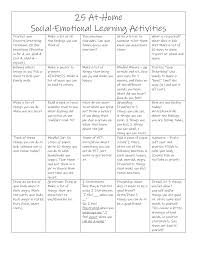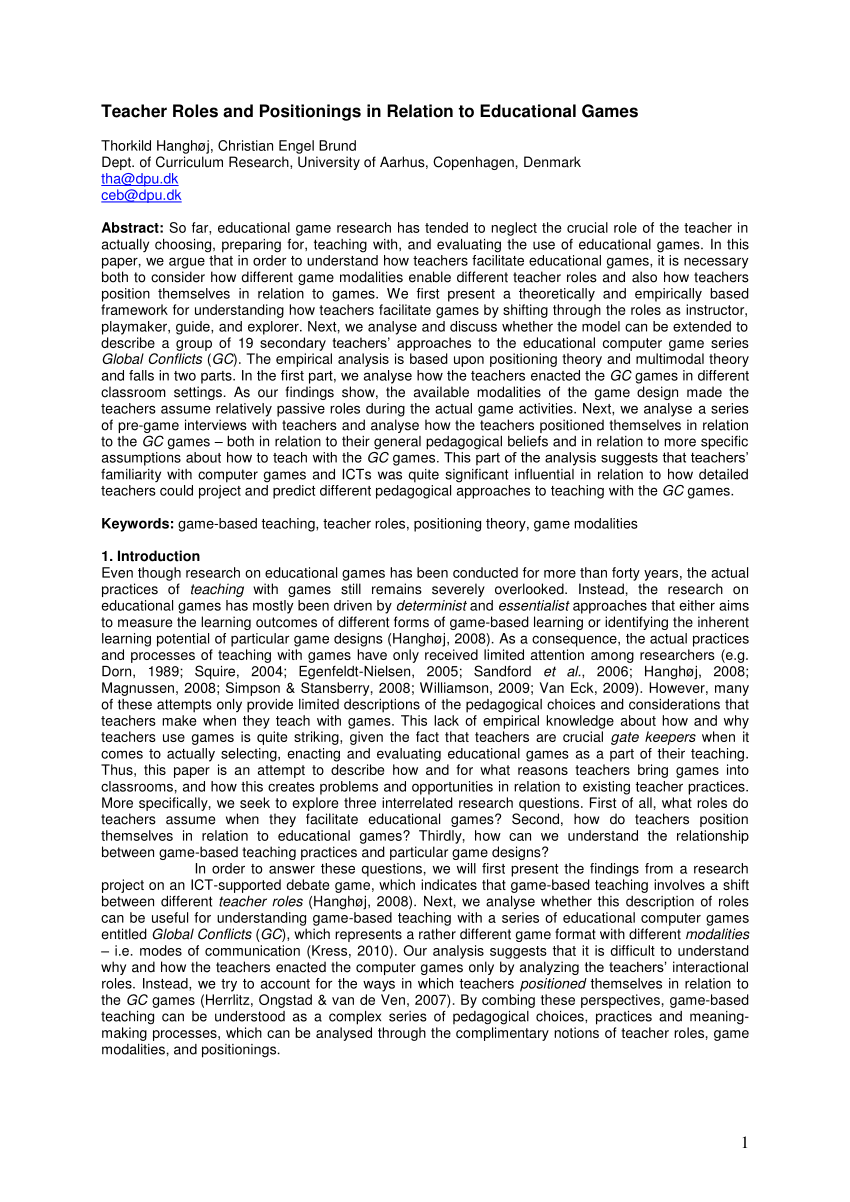
It can be a great way for kids to increase their confidence and excitement by practicing subtraction facts and strategies using games. Subtracting a number from a list of numbers can be difficult for children. To be able recognize the differences between two numbers, it takes concrete experience. Kids can learn this concept by engaging in hands-on activities.
Bowling is a classic classroom activity that helps kids visualize subtraction. Students can subtract from the pile by either counting back or adding up. To find out how long it takes students to complete the task, they can add units of time.
Students in grades 2/3 can subtract from 3 digits and subtract from 2 digits. They can also subtract from 1 digit group. Students can also perform two-digit subtraction with regrouping. Subtracting using regrouping means dividing the tens into one.

It is easier to subtract a group with tens than subtracting one of hundreds. Students can practice subtracting groups of tens out of groups of hundreds by visualizing tens as bundles.
A game like "A la pesca de 10" can help students build familiarity with the base ten number system. Students will see that tens make up groups of tens.
The Subtraction Game, a well-known classroom activity, is a great choice. Students are given several subtrahends. They are then expected to find the unknown mine. The player clicks on a minuend and subtracts the subtrahend. The player is given a score for the minuends he or she is able to subtract, as well as a score for the subtrahends. The player who is closer to zero wins all four cards. If they can't get to zero, they lose their cards.
Around the World, a classic classroom activity, uses flashcards for students to learn the subtraction equation. The number and type of players determines the number of cards used. In the beginning there are only a few cards. As you play the game, the card count increases. When no cards are left, the game ends.

Five Little Speckled Frogs, a game that teaches subtraction, is also a good option for students. These games are great to help kids learn the concept of jumping from one. They can play the game with cardboard characters and finger puppets. They can also learn the subtraction concept with a Positive family.
The Five Little Monkeys is another great song about subtraction. This is a great game for the entire family. It will also help children get used to the idea of jumping from one place into another. While the game can be played with a variety of players, it is best for one to two students.
FAQ
What is the difference between college or school?
Schools are often divided into classes or grades, with one teacher teaching a class of students. Colleges are larger organizations that offer more specialized programs and often include university-level courses. The majority of schools focus on core subjects, while colleges offer more specialized programs. Both levels of education are designed to prepare students for higher-level study.
How much time should I devote to studying each semester?
The amount of time you study depends on several factors: 1) How important the course is to your degree program; 2) How difficult the course is; 3) Whether you've taken the course before; 4) Whether you've studied other courses during the same semester; 5) Whether you're taking more than one class per week; 6) Whether you have outside commitments; 7) Whether you're enrolled full-time or part-time; 8) Whether you have financial aid available to pay for school expenses; 9) Whether you're living at home or off campus; 10) Whether you're married or single; 11) Whether you have children; 12) Whether you're going to school part-time or full-time; 13) Whether you plan to graduate early or later.
These factors are not the only ones. Some schools may also require you to take certain classes each year. This means you won't necessarily have the flexibility to take fewer courses in a given semester. Your advisor will tell you which courses are required for each semester.
How much does homeschooling cost?
Homeschooling is free. There are no set fees. Some families charge between $0-$20 per lesson. Other families offer no-cost services.
It takes effort and dedication to homeschooling. Parents must make time for their children.
They should also have easy access to books, supplies, as well as other learning tools. Homeschoolers are often required to attend community events and participate in programs that complement their curriculum.
Parents should think about transportation costs, tutors, and other activities.
Homeschoolers also need to plan for field trips, vacations and special occasions.
What is the best way to start teaching early childhood?
You must first decide if you want to pursue a career in early childhood education. First, you need to obtain your bachelor's. Some states require that students earn a master’s degree.
You may also need to attend classes during summer months. These courses include topics like pedagogy (the art and science of teaching) or curriculum development.
Many colleges offer associate degrees that can lead to teaching certificates.
Some schools offer certificates or bachelor's degree in early childhood education. But others only offer diplomas.
There may not be any need for additional training if your goal is to teach from home.
How much does a teacher make in early-childhood education? (earning potential)
The median salary for early childhood teachers is $45,000 per calendar year.
There are however areas where salaries are higher than the average. For example, teachers in large urban school districts typically receive more pay than those in rural schools.
Salaries are also affected by factors like the size of the district and whether or not a teacher holds a master's degree or doctorate.
Teachers are often paid less than other college graduates, simply because they have little experience. But their earnings can rise significantly over time.
Statistics
- Globally, in 2008, around 89% of children aged six to twelve were enrolled in primary education, and this proportion was rising. (en.wikipedia.org)
- Think of the rhetorical power of nineteenth-century abolitionist Harriet Beecher Stowe, Martin Luther King, Jr., or Occupy Wall Street activists with their rallying cry of “we are the 99 percent.” (bostonreview.net)
- Data from the Department of Education reveal that, among 2008 college graduates, 92.8 percent of humanities majors have voted at least once since finishing school. (bostonreview.net)
- “Children of homeowners are 116% more likely to graduate from college than children of renters of the same age, race, and income. (habitatbroward.org)
- And, within ten years of graduation, 44.1 percent of 1993 humanities graduates had written to public officials, compared to 30.1 percent of STEM majors. (bostonreview.net)
External Links
How To
What is vocational education?
Vocational education is an educational program that prepares students to work after high school and college. It teaches them specific skills for specific jobs (such as welding). It also includes on-the-job training in apprenticeship programs. Vocational education is different from general education in that it prepares individuals for specific career paths rather than acquiring broad knowledge for future uses. The goal of vocational education is not necessary to prepare people for university study but to help them find jobs upon graduation.
Vocational education is available at all levels of education, including primary, secondary, high school, college, universities, technical institutes as well as trade schools, community colleges and junior colleges. There are many schools that specialize in specific subjects, such as nursing schools (law schools), medical schools, dental school, veterinary medicine and firefighting schools. Many of these schools provide both academic instruction as well as practical experience.
Over the last decade, several countries have made significant investment in vocational education. The effectiveness of vocational training is still a controversial topic. Some critics say it does not improve students' employability. Other argue that it prepares them well for life beyond school.
The U.S. Bureau of Labor Statistics estimates that 47% of American adults possess a postsecondary certificate, or degree related to current occupation. This is a higher percentage among those who have more education. 71% are currently employed in fields that require postsecondary qualifications.
According to the BLS, nearly half of America's adult population held at least one postsecondary credential in 2012. About one-third of Americans held a two-year associate degree, while about 10 percent held a four-year bachelor's degree. One fifth of Americans have a master's, or doctorate.
The median annual salary for people with a bachelor's was $50,000. This compares to $23,800 for those who don't have a degree. The median income for those with advanced degrees was $81,300.
For those who did not complete high school, the median wage was only $15,200. Earn $13,000 per annum for those with less high school diplomas.